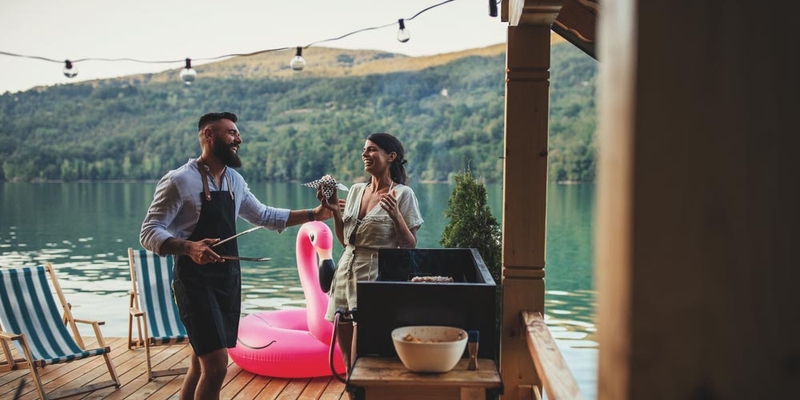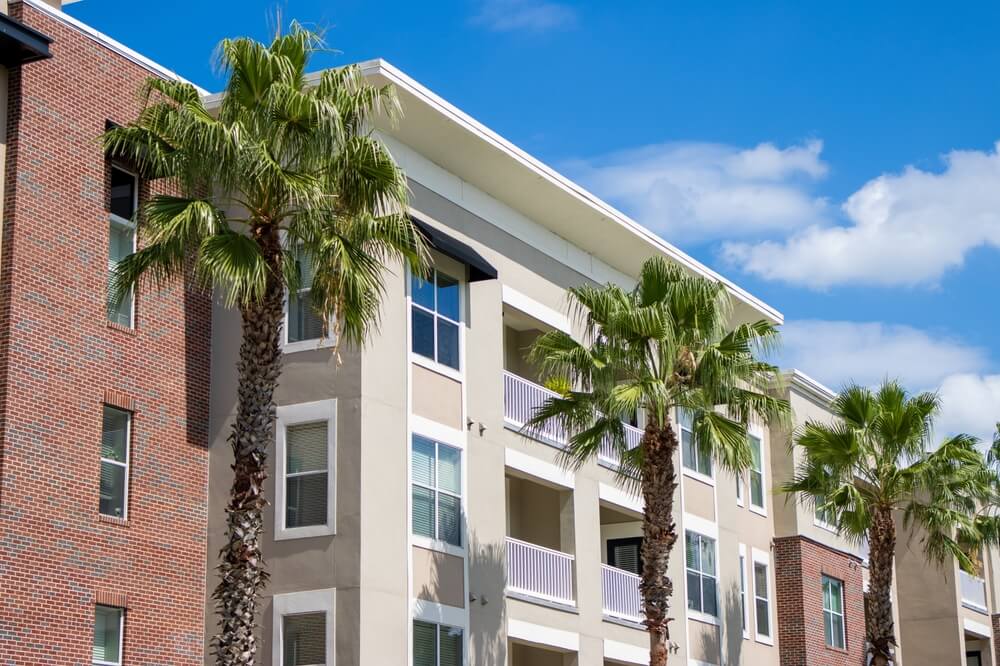
If you are not redirected within 30 seconds, please click here to continue.
Samedi: 10h – 16h HAE

If you are not redirected within 30 seconds, please click here to continue.
If you are not redirected within 30 seconds, please click here to continue.
Home insurance endorsements to consider for your cottage this summer

Summer’s coming, and while cottage owners and prospective buyers may have their minds on a cold beer and a lake view, it’s also a good time to think about insurance coverage.
Given that cottages are occupied on a part-time or seasonal basis, their insurance works a little differently than it does for primary homes. So which endorsements should you add to your policy? We break down everything you need to know about insuring your home away from home.
Understanding cottage insurance
According to the Insurance Bureau of Canada, most insurance companies will only insure your cottage if they also insure your primary residence. You can either add a cottage insurance policy to your home insurance as a secondary home, or as a seasonal location. If you’re insuring your cottage as a stand-alone policy, make sure to compare cottage insurance rates so that you’re getting the lowest price for your needs.
While it’s possible to get comprehensive coverage for cottages, they’re almost always covered by what’s called a named perils policy — meaning the property is only covered for specific hazards detailed in your policy, such as fire, theft, lightning or windstorm damage, and explosions. The coverage can vary between insurance companies; some include risks such as vandalism and damage caused by bears, raccoons and squirrels, while others do not.
The IBC points out on its website that some risks may be more difficult or expensive to arrange coverage for: water damage from a burst pipe, for example, could take months to discover and become more severe with time. Septic backups, fuel oil release, damage to vehicles, campers or trailers are typically not included in these plans.
Cottages have unique considerations for insurance companies when they’re determining your premium, such as the property’s location and how accessible it is, how often it’s occupied and if you plan to rent it out, the primary heating source, whether you use it year-round or seasonally, and whether it has a wood stove.
Below are some cottage insurance endorsements to consider.
Short-term rental coverage
If you’re considering renting out your cottage to make a little extra money, you’ll need to add coverage for loss or damage incurred by renters. These policies set out a certain number of days per year you can rent out your cottage. They can also include rental income protection, which replaces lost rent payments if a covered claim has rendered your cottage temporarily uninhabitable.
Sewer backup and sump pump coverage
Like other forms of water damage from external sources, septic system backups and sump pump failures are common exclusions in recreational property insurance policies, but they can cause extensive damage to your cottage and even be dangerous to your health. Coverage for these events is typically offered as an add-on, or as part of more extensive water damage coverage.
Outbuilding coverage
If you have outbuildings or other structures on your property — including a bunkie, boathouse, shed or a dock — you should check whether your policy includes them. Some policies may require an endorsement, while others may have a limited coverage amount for these structures.
Water vehicles and wet boathouses
Recreational property policies generally either limit or don’t include coverage for power boats, canoes and sailboats. These can be added on through an endorsement or by amending your coverage limit. Wet boathouses or other wet structures — buildings that fall partially or completely below the high-water mark of a lake — similarly require an add-on to the policy.
Whichever endorsements you choose, making sure your cottage is properly insured will guarantee you have a fun and worry-free summer.
Compare home and seasonal property insurance quotes for free!
Get money-saving tips in your inbox.
Stay on top of personal finance tips from our money experts!










